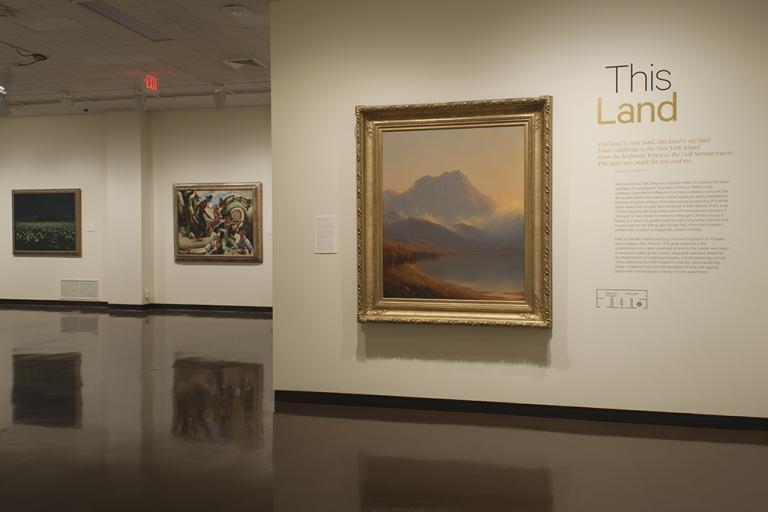Turn in the Road, Old Ledoux St., Ward Lockwood
Artwork Overview
Ward Lockwood, artist
1894–1963
Turn in the Road, Old Ledoux St.,
1928
Where object was made: United States
Material/technique: canvas; oil
Dimensions:
Canvas/Support (Height x Width x Depth): 45.7 x 61 cm
Canvas/Support (Height x Width x Depth): 18 x 24 in
Canvas/Support (Height x Width x Depth): 45.7 x 61 cm
Canvas/Support (Height x Width x Depth): 18 x 24 in
Credit line: Gift from the Ward and Clyde Lockwood Collection
Accession number: 1972.0330
Not on display
If you wish to reproduce this image, please submit an image request






